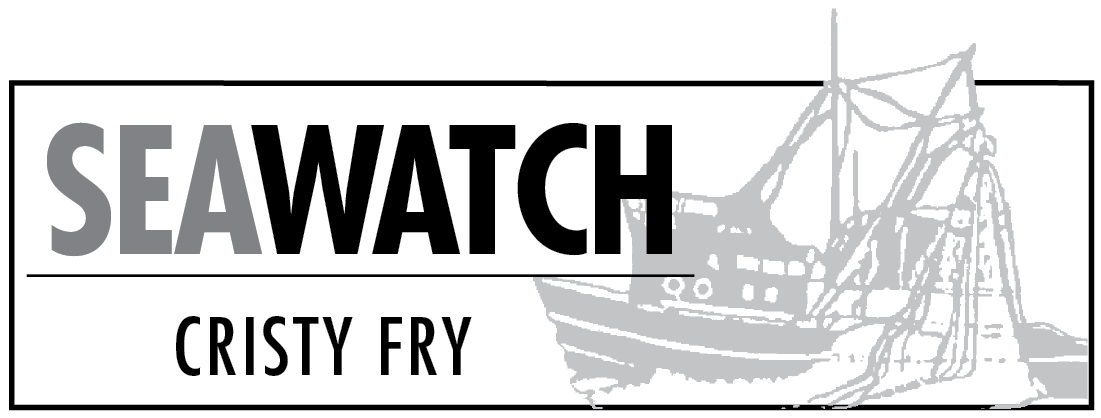At a time when the state of Alaska is counting its pennies, a recently released study showing the state spends $27.2 million more than it takes in for commercial fishing is making waves.
The study, conducted by Bob Loeffler and Steve Colt of the University of Alaska Anchorage’s Institute of Social and Economic Research, looked at commercial fishing, mining and tourism, and found that all three generate about the same amount of money for the state, between $120-$135 million annually.
All three pay more in combined state and local taxes than the state spends to manage them, but the local taxes take up a substantial portion.
Forty percent of commercial fishing taxes go to local governments, while 60 percent of tourism taxes do.
With state dollars tight, one group is hoping to open a discussion about how to harvest more salmon in Upper Cook Inlet, and revisit commercial fishing taxes as well as sport and personal use fees.
United Cook Inlet Drift Association released a paper titled “Analysis of State Revenue from Fisheries,” which looks at how much salmon goes unharvested in Cook Inlet above and beyond the current harvest by user groups and escapement needs.
The study is based on the 2014 run, the latest year with complete numbers.
The UCIDA study concludes that about 30 million salmon of all five species returned to Upper Cook Inlet in 2014. After escapement needs of 7 million, that leaves 23 million available for harvest. Of that, only around 4.5 million were utilized.
Broken down by species, 84.4 percent of chinooks, 18.8 percent of sockeye, 84 percent of coho, 95.5 percent of pinks and 86.9 percent of chums went unharvested.
Jeff Fox, a former Alaska Department of Fish and Game area management biologist who helped author the report, said, “what the report demonstrates is that there is huge opportunity for everyone in Cook Inlet.”
Using revenue modeling, the study authors explored the effects of not only more fully utilizing the Upper Cook Inlet salmon stocks, but also raising the Commercial Fishery Business Tax by 1 percent, applying a $5 resident and $10 non-resident sport fishing license fee increase, and applying a $30 fee to the original personal use permit.
All told, that would mean $3.86 million in new revenue annually for the state for UCI salmon, plus more than $21 million in first wholesale value to the local economies.
The non-utilized stocks represent lost economic benefit to the regional economies, loss of food products and by-products and lost jobs.
The challenge is how to manage for maximum use in mixed-stock fisheries.
Fox and others contend that the runs in the Matanuska-Susitna Borough, which have been the cause of most of the time and area restrictions on the drift fleet, have been grossly underestimated.
In fact, Fox said that run estimates were so far off in Mat-Su streams that ADF&G is now only counting coho in Jim Creek and the Little Susitna River.
“Is it reasonable to control 1,200 anadromous (Mat-Su) streams based on two of the most urbanly impacted, poorest habitat quality streams in the inlet? No,” he said. “While you’re protecting those two, there’s a thousand other streams that are unmanaged. So you’re getting huge coho returns and small coho returns, which is not what you want. You want them all mid-run.
“If we need more coho in those (two) streams, we just build two state-of-the-art hatcheries,” he added.
UCIDA has shared the paper with Gov. Bill Walker and Fish and Game Commissioner Sam Cotten, as well as all area legislators.
Fox said he thinks Gov. Walker understood what is in the report.
The report does not lay out any specific management strategies for dealing with the problem, but UCIDA is asking for a legitimate forum for discussion, and accountability from the Board of Fisheries and ADF&G for the decisions they make.
“This is an opportune time for the state to substantially increase revenues and expand local economies by getting the most from its fishery resources,” the report states. “A directive from the Governor’s Administration to the BOF and ADF&G to apply a business model to fisheries management could begin a process that would have expanding benefits across the state.”
The report likens the Board of Fisheries to a board of directors that is responsible for the conservation of a resource and the development of a multi-billion dollar industry.
“The current system of creating management policies and regulations is entirely inadequate for businesses of this magnitude,” it states. “Too often, decisions are made on the basis of a personal bias or prejudice, disregarding the best interest of the state or the fishery resources.”
It does say that specific objectives for Upper Cook Inlet management should include developing a cost-benefit analysis decision-making model for setting harvest goals, and proposes that the Walker administration appoint a small working group dedicated to establishing models and recommendations for these fisheries prior to the next Upper Cook Inlet Board of Fisheries meetings in 2017.
Part of the problem is that ADF&G is far more concerned about under-escapement than over-escapement, Fox said.
“The department has a policy that the lower end of the escapement goal is more of a crisis than exceeding the upper end. That’s an unofficial, illegal policy more than likely.
“The management philosophy has shifted, and the state is not recouping the benefit that they should from these fish. We’re spending millions of dollars to scientifically manage, supposedly, the best escapement goals in the world, we think, yet we don’t manage for them.”
The report also suggests a different style of management could put an end to the “fish wars.”
“A more rational business model approach to fishery management could also reduce the unnecessary allocation conflicts in UCI that have wasted so much energy and salmon over the years,” it says.
The governor’s office did not respond to a request for comment by press time.
The full report can be found at www.ucida.org.
Cristy Fry can be reached at realist468@gmail.com.


